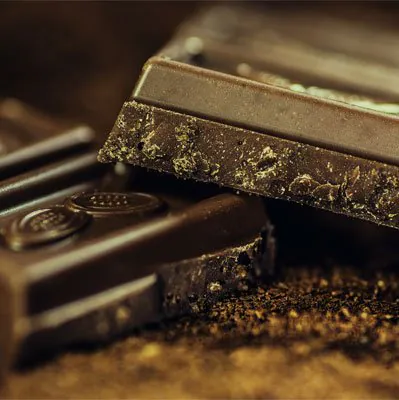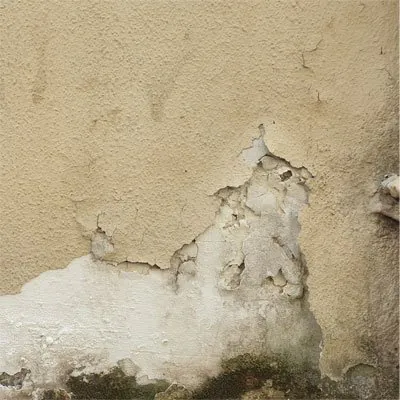American analysis examines soil factors in cocoa growing countries and shows ways for farmers to minimize cadmium intake
Around ten kilos per capita: that’s how much chocolate the Swiss consume every year. This makes Switzerland the front runner among European countries. In general, it is considered a chocolate nation – after all, some of the largest chocolate producers in the world are based in Switzerland. They are all repeatedly confronted with a well-known problem: the cadmium content in cocoa products or in the cocoa beans, which has already been examined in numerous studies. American researchers have now specifically analyzed the soil factors that influence the path of the heavy metal cadmium into the cocoa bean. The total cadmium content in the cultivated areas and the pH value of the soil were identified as key factors. The goal of the new analysis: to show farmers ways of minimizing cadmium intake during cocoa plant cultivation.
Economic risks from contaminated cocoa beans
EU limits for cadmium in chocolate have been in effect since 2019. They force the manufacturing companies to limit their cocoa imports from the affected countries and to monitor the heavy metal contamination in their cocoa products through regular product controls. The cadmium contamination of their beans poses an economic problem, especially for the approximately eight million small farmers in Central and South America, for whom cocoa is the most important source of income. They earn less income with contaminated cocoa. Instead of being able to sell the cocoa beans to producers of fine chocolate at significantly higher prices, the farmers are only able to sell to wholesale traders. They buys cocoa beans from different growing areas and mix them to keep the cadmium content in the products low.
New analysis considers global acreage
While previous studies dealt with the occurrence of cadmium in the cultivation areas of individual countries such as Bolivia or Honduras, the American researchers from the University of Illinois examined the entire cocoa belt for their analysis. The 2,200 kilometer wide belt stretches around the globe and crosses four continents relevant to cocoa production. The scientists analyzed thousands of data points from numerous published studies on cocoa cultivation systems around the world.
Cocoa beans from Latin America are particularly contaminated with cadmium. The region of origin of the cocoa bean is known for the so-called fine flavor cocoa. These particularly aromatic varieties come for example from Peru or Mexico – countries whose cultivation areas often have a high cadmium content due to geogenic conditions. Heavy metal pollution is due to the natural occurrence of cadmium in the volcanic soils of Central and South America.
Cadmium in chocolate as a health hazard
Cadmium is a toxic heavy metal that enters the environment from both natural sources – through volcanic emissions and through weathered rock – and from industry. In the human body, the heavy metal accumulates primarily in the kidneys or in the bones and can be harmful to health in high doses. Through regular consumption of contaminated cocoa products, consumers can ingest considerable amounts of cadmium over a period of years. The EU maximum values are intended to minimize the intake of cadmium from chocolate products for end consumers. They depend on the type of product. Cocoa powder may contain a maximum of 0.6 milligrams of cadmium per kilo; 0.08 milligrams of cadmium is the limit for a 100 g bar of dark chocolate with more than 50 percent cocoa content.
Important findings for future research
The results of the American researchers show that the total cadmium content and the pH value in the soil have a significant impact on how much cadmium gets into the cocoa beans. At acidic pH values, cadmium is more soluble and therefore more readily available for the plant – it takes up more cadmium from the soil via the roots. As the most viable, soil-based mitigation strategy, the scientists recommend raising the pH of the soil by liming the cultivated areas, thereby lowering the acidity in the soil. In addition to the soil factors, the analysis also makes it clear that the cadmium uptake varies depending on the cocoa variety. So one solution could be to breed cocoa varieties that are less susceptible. However, investing in new seeds may not be viable for most small farmers in the poverty-stricken regions of Central and South America.
Even if the analysis by the American researchers does not offer a final way out of the problem of cadmium contamination in chocolate, it does point out new directions, establishes connections and paves the way for future, targeted research to reduce the cadmium content through practicable reduction measures to reduce in the long term during cultivation. Specialized laboratories such as Biolytix use the latest analysis methods to support chocolate producers in checking raw materials and finished products and reliably complying with the specified cadmium limit values.




